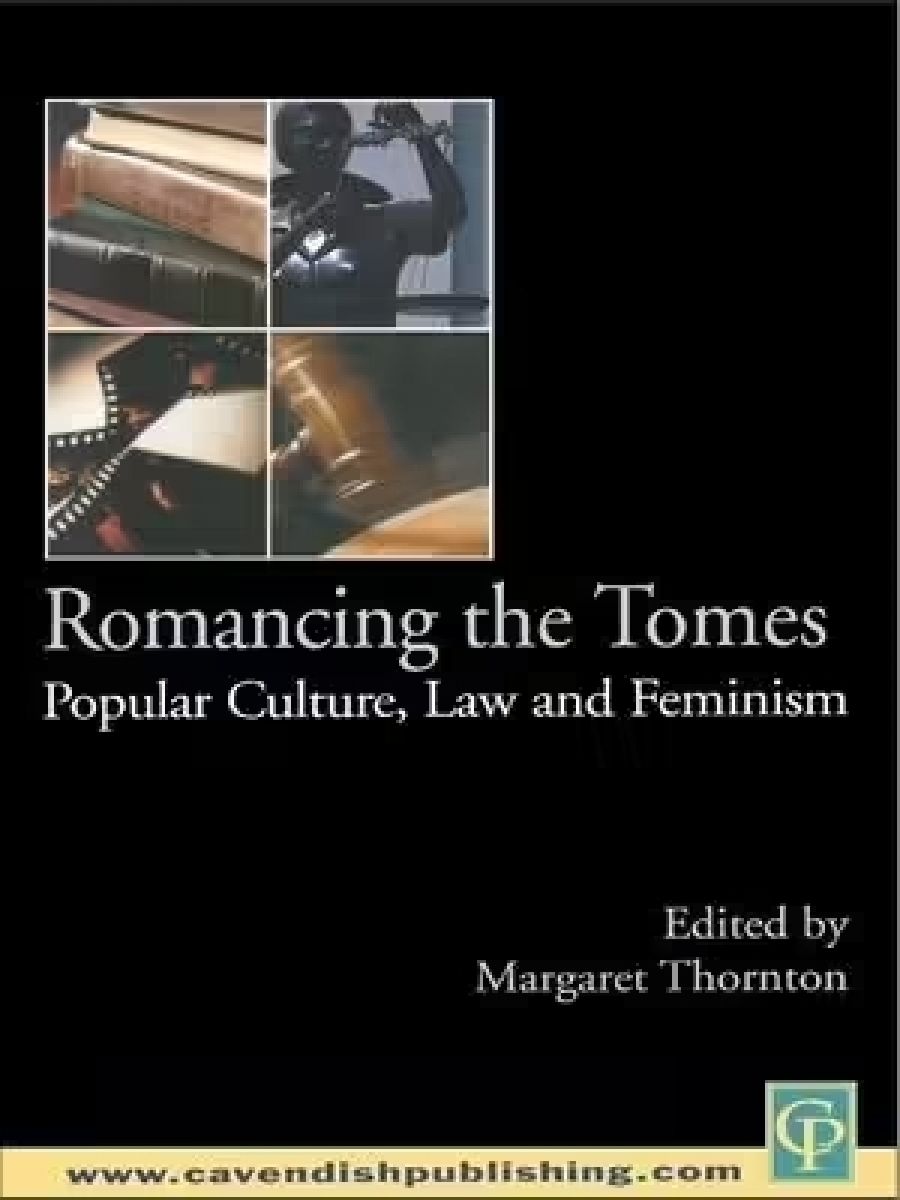
- Free Article: No
- Contents Category: Law
- Review Article: Yes
- Article Title: Uneasy relations
- Online Only: No
- Custom Highlight Text:
What exactly is popular culture? Does Big Brother really pose an inherent challenge to law? And what connection does the regulation of cyberpornography have with the film Pretty Woman? These are some of the questions I was left with after reading Romancing the Tomes, a cross-disciplinary collection of conference papers exploring the ‘uneasy relationship’ between law and popular culture from a feminist perspective.
- Book 1 Title: Romancing the Tomes
- Book 1 Subtitle: Popular culture, law and feminism
- Book 1 Biblio: Cavendish Publishing, $99 pb, 332 pp
But what is popular culture? The pieces in this book explore a variety of forms: the media; crime fiction; love letters; cybertechnology. Some are definitely not the traditional objects of legal analysis: one of my favourite essays is Diane Kirkby’s historical analysis of Australian pub culture and the effect of legal regulation on the ‘figure’ of the barmaid. While this diversity is part of its radical potential, according to Thornton, it also raises two questions: What do these various cultural forms have in common? Is the category ‘popular culture’ a meaningful one? Thornton’s answer is that popular culture is concerned with ordinary life, but it seems to me, after reading this collection, that a more coherent organising principle may be required.
The book is divided into six sections, some more substantial than others. The first contains Thornton’s introduction and overview of the relationship between law and popular culture. The second focuses on judicial decision-making, and how judges know what they know – a fertile ground for feminist theorists. Terry Threadgold draws on Bourdieu’s notion of the habitus to explore how myths of everyday life are incorporated into judicial decision-making, and Isabel Karpin examines judges’ attitudes towards the media. As she notes, judges have the power to convert contestable meanings into incontestable facts. For this reason, they occupy a particularly interesting – and powerful – position.
Nan Seuffert’s is the stand-out in the third section, which focuses on narrative forms such as letters and life-writing to tell stories about legal processes. Through readings of Romeo and Juliet and Othello, Seuffert examines the ‘discourse of romantic love’ that informs women’s testimony about domestic violence, and the responses of police, lawyers, and judges to that testimony.
The arrangement of essays in Part Four seemed to me to exemplify the book’s lack of cohesion. Ann Genovese’s thoughtful examination of the media’s relationship to feminism, comparing 1975 and 1995 (post-Helen Garner’s The First Stone), followed Judith Grbich’s somewhat impenetrable reading of the film Pretty Woman, and preceded Kirkby’s historical analysis of pub culture. As with the collection as a whole, I found the absence of any links between these essays frustrating, as it precluded any kind of sustained thinking about the issues raised.
The final two parts contain essays on cyberculture (the legal regulation of cyberpornography, and the online introduction service Jail Babes) and popular narrative forms (crime fiction and ‘true crime’ magazines), respectively. The book concludes with a critical reading by Thornton of the novel by High Court Justice Ian Callinan, The Lawyer and the Libertine. Thornton argues that the novel’s fictional world gains an added legitimacy – and becomes ‘hyperreal’ – because of Callinan’s real-life position. In the novel, an unattractive and unprincipled ‘balls-breaker’ attains her High Court appointment through nepotism, unlike the hard-working hero who is appointed on merit. We can only assume that those responsible for the recent High Court appointment read this novel first!
Like popular culture itself, the diversity of the essays in this book may be its strength, but it is also, to my mind, a weakness. I wanted more – more links, more engagement. While Thornton’s introduction and first chapter are admirable for their characteristic verve and originality, they prompt more questions than they answer. Perhaps this is not a criticism as much as an indication that there is much interesting work to do in the area. But, ultimately, I was left wondering whether the umbrella term ‘popular culture’ is meaningful enough to ground a sustained analysis, let alone a challenge to the authority of law.


Comments powered by CComment